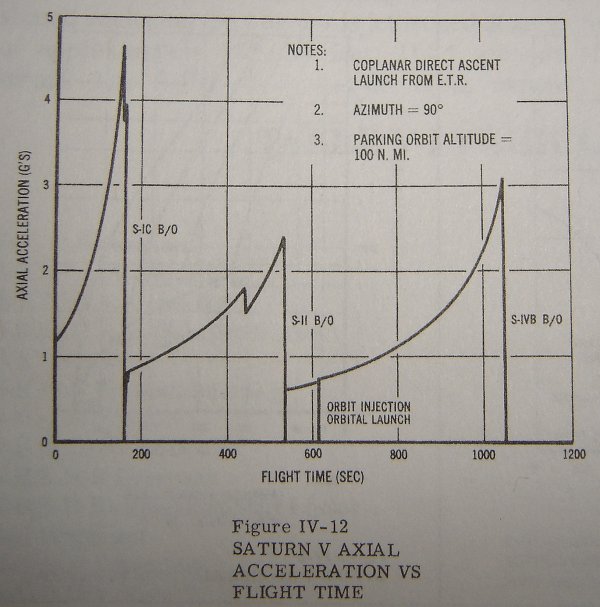[Those of you not interested in rocketry or spaceflight or physics can probably skip this blog post and the next one; this includes my wife.]
Do you ever wonder why rockets are so complicated? The Space Shuttle has a complicated launch system that consists of two big solid rockets and then it goes higher with the smaller engines in the back. The Saturn V consisted of three full stages before getting to orbit, and then it used the third stage again to push the spacecraft out of earth orbit toward the moon. Why the multiple stages? Why not just build a huge rocket that would do the job all at one shot.
The answer is complicated, but the core of the reason is that to get something into space requires a huge amount of ENERGY, to get it into orbit, even more. In current spacecraft technology, that energy is supplied by chemical rocket engines. The strictly most efficient way to send something of a given weight into orbit is to shoot it from an enormous gun. However, the huge acceleration (the firing of the gun) would produce acceleration so powerful that it would squash any payload that you tried to launch in this way. Mechanical components produce maximum acceleration limits to the launch method. If humans are involved, that further restricts the maximum acceleration that can be applied. There's another major factor here; the atmosphere. A lot of the energy carried along in the vehicle gets expended pushing air out of the way.
The enormous energy requirements lead to a secondary effect. It turns out that to launch a significant distance, a rocket's mass has to be mostly fuel when it's launched. That means that when it's done firing, the vehicle is MUCH lighter than when it started, and so its ACCELERATION is much higher. (Newton's second law: F=ma. Assuming a generally constant engine thrust, or F, then as the fuel burns away making "m" smaller, the acceleration "a" gets larger.) The higher the percentage of the rocket's mass that starts off as fuel, the larger the final acceleration will be. But from above, acceleration is something that we have to limit for safety and structural reasons.
So that's why rockets have stages. They provide a way of changing (during flight) into a smaller vehicle that has less thrust but matches that part of the flight profile better. From this book on the Saturn V, here's the chart of acceleration during the mission of the three stages:

At the end of the first stage, the Saturn gets up to almost up to 5 gravities. Jet fighters are sometimes stressed to 9 gs, but that isn't usually sustained for very long.
Some comparisons of some widely different vehicles.
Saturn V rocket: total weight at launch: 6.1 million pounds total weight of fuel: 5.66 million pounds 93% fuel by weight
Cessna 172: maximum gross weight: 2300 pounds weight of full fuel (39 gallons): 234 pounds 10% fuel by weight
1996 Ford Escort: curb weight: 2451 pounds full fuel (12 gal): 72 pounds 3% fuel by weight
So the rocket performs radically differently between full and empty fuel states. The Cessna 172 will be slightly more limber almost empty as opposed to full. The car you won't notice the performance difference at all.